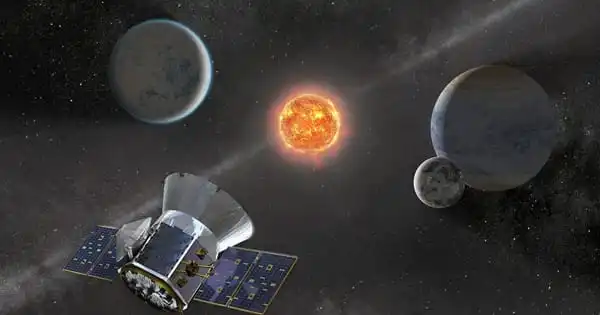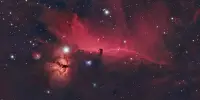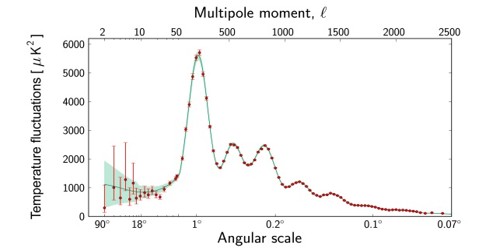IC 4592 (also known as the Blue Horsehead Nebula) is a reflection nebula in the Scorpius constellation that is illuminated by Nu Scorpii. It is part of a larger nebulosity region that includes the more famous Horsehead Nebula (Barnard 33) in the constellation Orion. The Blue Horsehead Nebula gets its name from its striking blue color, which is caused by light scattering by dust grains in the nebula.
Reflection nebulae, such as the Blue Horsehead Nebula, do not emit their own light but instead reflect the light of nearby stars. The blue color in this case is caused by the scattering of starlight by the tiny dust particles in the nebula. The dust grains preferentially scatter shorter wavelengths of light (blue and violet), giving the nebula its distinctive color.
Details:
- Cataloged: IC 4592
- Common Name: The Blue Horsehead Nebula
- Constellation: Scorpius
- Object Type: Reflection Nebula
- Distance: 420 light-years away
- Best Time to See It: Late-May – Early-August
The Blue Horsehead Nebula is extremely difficult to see through a telescope eyepiece. Patience and very dark skies are required. However, by taking a few test exposures in the right area of the sky with a camera and telescope, it is much easier to locate the Blue Horsehead Nebula. The Blue Horsehead Nebula is visible in the northern hemisphere during the summer months. You should be able to start looking for this reflection nebula shortly after midnight in May.
To capture the faint light emitted and reflected by the Blue Horsehead Nebula, specialized equipment such as telescopes and sensitive cameras are typically required. These celestial objects fascinate both amateur and professional astronomers due to their intricate shapes and beautiful colors.
This nebula is not to be confused with the other Horsehead Nebula, which is a deep-sky object visible in the constellation Orion during the winter. That object is a dark nebula, whereas the Blue Horsehead is a reflection nebula illuminated by Nu-Scorpii, a bright binary star. In visible light, the nebula’s reflecting dust appears blue and bears a striking resemblance to the shape of a horse’s head. We can see this beautiful deep-sky nebula in greater detail thanks to long-exposure astrophotography.
















